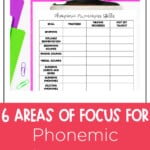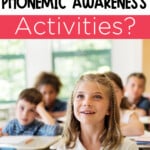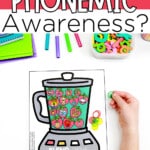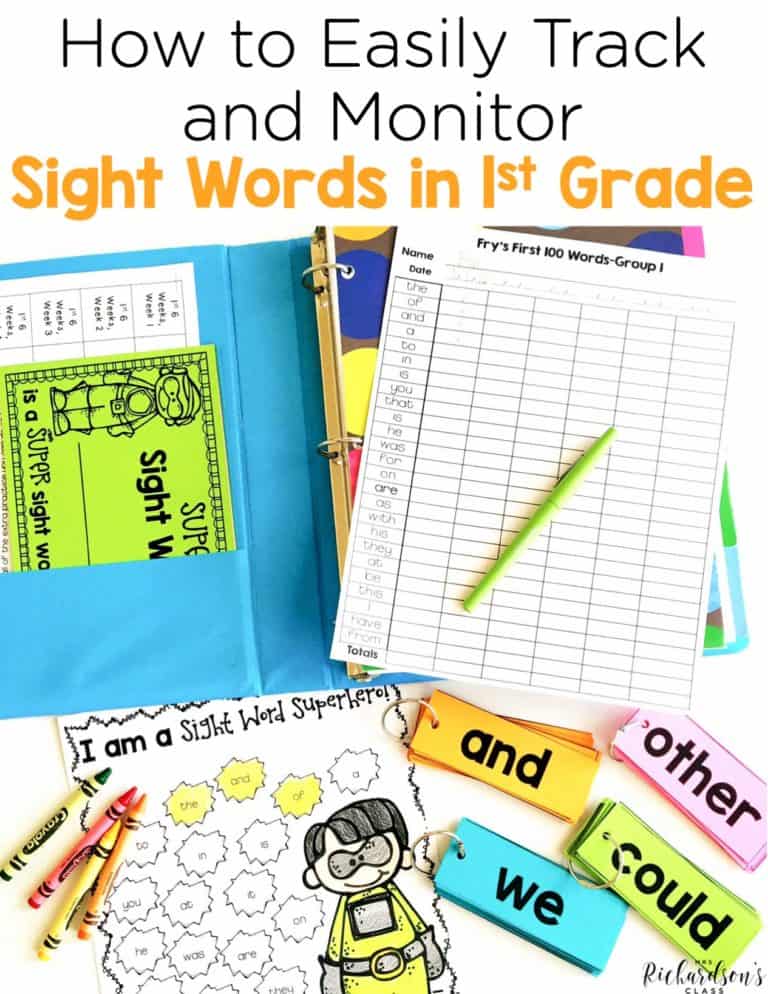

With all of the science of reading research coming to the surface over the last few years, there have been so many words floating around. I’ve been getting lots of emails from teachers asking about the “ph” words: phonemic awareness, phonological awareness, and phonics. I don’t blame them – there is so much to relearn and refresh on!
Today I want to talk about phonemic awareness because it is the very first set of skills our youngest readers need to become strong readers. Plus, sometimes we assume our readers already know these important skills when they don’t. This can lead to students struggling in some areas of decoding. Let’s go back to the basics today and talk about phonemic awareness.
The most basic definition of phonemic awareness is the awareness that spoken words are made up of individual sounds called phonemes and the ability to manipulate phonemes. Now if you think back to your own education days, a phoneme is the smallest unit of speech. Phonemic awareness falls under the umbrella category of phonological awareness.
Remember that phonemic awareness does NOT include letter identification or matching letters to their sounds. Traditionally, it focuses ONLY on the phonemes. There are six main areas of focus:
More recently, we are beginning to learn that phonemic awareness practice WITH graphemes does help it transfer to phonics knowledge and “stick” better. I think there is room for both–phonemic awareness practice that is oral only AND phonemic awareness practice that goes from oral to include graphemes.
At the end of this blog post, I have a link to a FREE phonemic awareness data collection sheet inside of the Teacher Toolkit.
Simply stated, phonemic awareness is the foundation of teaching a child to read. Their reading readiness is built by doing phonemic awareness activities and working on concepts about print. It’s really easy to jump right into practicing letter identification and letter sounds, but doing phonemic awareness activities helps build a strong foundation for our little readers.
With the science of reading research, we know that mastering phonemic awareness leads to stronger decoding skills. “[It] is what allows us to anchor the sounds in a word to the written sequence of letters that represent those sounds” (Essentials of Assessing, Preventing, and Overcoming Reading Difficulties. Killpatrick, D.A. 2015).
That’s orthographic mapping! Strong phonemic awareness skills ultimately lead to our young readers being able to decode words and then store words in their memory as sight words.
When it comes to finding activities to support readers, it can be overwhelming! There are so many important skills to cover. To help make it easier to be sure your readers have mastered all areas of phonemic awareness, I created the Phonemic Awareness Activities for you!
There are two sets: Set 1 and Set 2. They each have different activities that you and your readers will love. They cover these nine areas of phonemic awareness and phonological awareness:
There are three activities for each of these areas as well as an assessment so you’ll know how each student is doing!
You can use these 27 activities in literacy centers, during small groups, or even in 1-1 intervention time. There is also a binder cover and teacher directions for each activity.
Using hands-on, engaging activities will support your youngest pre-readers and readers so that they develop strong decoding skills. Be sure to grab these Phonemic Awareness Activities to easily incorporate practicing these skills throughout your day!
If you want help tracking which phonemic awareness activities your students have mastered and which ones they still need to work on, I have a Phonemic Awareness Data Collection Sheet inside of the FREE Reading Teacher Toolkit. Check it out HERE!

Want to use the latest research to boost your readers during small groups? This FREE guide is packed with engaging ideas to help them grow!

I’m a K-1 teacher who is passionate about making lessons your students love and that are easy to implement for teachers. Helping teachers like you navigate their way through their literacy block brings me great joy. I am a lifelong learner who loves staying on top of current literacy learning and practices. Here, you’ll find the tools you need to move your K-2 students forward!
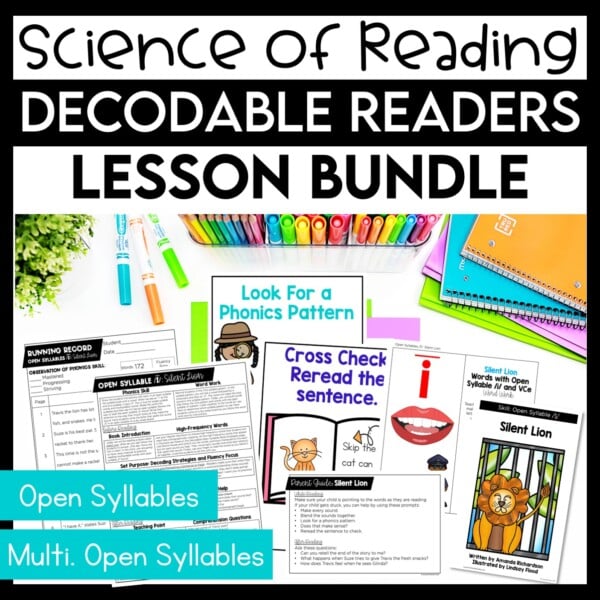


| Cookie | Duration | Description |
|---|---|---|
| cookielawinfo-checkbox-analytics | 11 months | This cookie is set by GDPR Cookie Consent plugin. The cookie is used to store the user consent for the cookies in the category "Analytics". |
| cookielawinfo-checkbox-functional | 11 months | The cookie is set by GDPR cookie consent to record the user consent for the cookies in the category "Functional". |
| cookielawinfo-checkbox-necessary | 11 months | This cookie is set by GDPR Cookie Consent plugin. The cookies is used to store the user consent for the cookies in the category "Necessary". |
| cookielawinfo-checkbox-others | 11 months | This cookie is set by GDPR Cookie Consent plugin. The cookie is used to store the user consent for the cookies in the category "Other. |
| cookielawinfo-checkbox-performance | 11 months | This cookie is set by GDPR Cookie Consent plugin. The cookie is used to store the user consent for the cookies in the category "Performance". |
| viewed_cookie_policy | 11 months | The cookie is set by the GDPR Cookie Consent plugin and is used to store whether or not user has consented to the use of cookies. It does not store any personal data. |
